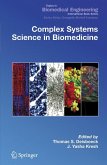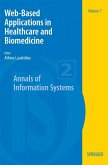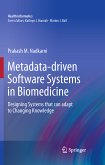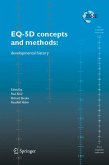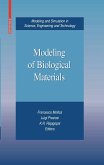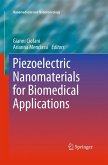In keeping with the style of the Handbook of Modern Biophysics, this fourth volume, Application of Near-Infrared Spectroscopy in Biomedicine, balances the need for physical science/mathematics formalism with a demand for biomedical perspectives. Each chapter divides the presentation into two major parts: the first establishes the conceptual framework and describes the instrumentation or technique, while the second illustrates current applications in addressing complex biology questions. With the additional sections on further reading, problems, and references, the interested reader can explore some chapter ideas more widely.
Dieser Download kann aus rechtlichen Gründen nur mit Rechnungsadresse in A, B, BG, CY, CZ, D, DK, EW, E, FIN, F, GR, HR, H, IRL, I, LT, L, LR, M, NL, PL, P, R, S, SLO, SK ausgeliefert werden.



